On the Apple page dedicated to telephone operators that offer support for the new eSIM of the new 2018 iPhones, the international standard supported by Apple (and now also Google with the latest Pixel phone), in addition to traditional carriers – among which unfortunately for now the Italian ones are missing – also indicates two “globally”.
These are GigSky and Truphone, both of which are data-only access providers in a huge number of countries around the world. A business trip to the United States and the particular condition of the tariff on the writer's phone, offered the opportunity to test the functioning of the eSim of Apple's iPhone XS, which has been talked about for a long time and which we have followed. the tracks for a long time. Let's see how it went.
What is eSim and how it works
In the Android world for some years now, dual sim phones have become increasingly popular. First prerogative of economic devices (feature phones) and only of some models reserved for the Asian market (we will see why in a moment), dual sim phones have actually always been opposed by telephone companies because they allow users to become more unfaithful. easy: the second SIM of another operator allows you to have a tariff that increases the competitiveness of the market and therefore reduces the margins of the carriers.
In Europe and the US, even after the iPhone reversed the balance of power between mobile phone manufacturers and operators in favor of the former, the idea of dual sim devices had not become very popular. It was especially in Asia that the second SIM became more and more popular. With us, moreover, with the arrival of European roaming, one of the main pushes to get a second SIM in case of travel or holidays, has been greatly reduced.
However, when traveling to more distant destinations, the second SIM is interesting. For example, going to Asia or the United States, you can buy a local sim at the airport and have, in addition to a second number that allows you to make local phone calls, also the connection with usable data for the main line. In this way, it is possible to continue using services such as iMessage and Whatsapp without having to transfer them to another phone account, but without even using data roaming.
Furthermore, in their own country, more and more often there are people who prefer to divide their working life from the private one and use two SIMs with two different numbers for this purpose: instead of keeping two phones in their pocket or bag, it is more convenient to use a dual one. Sim.
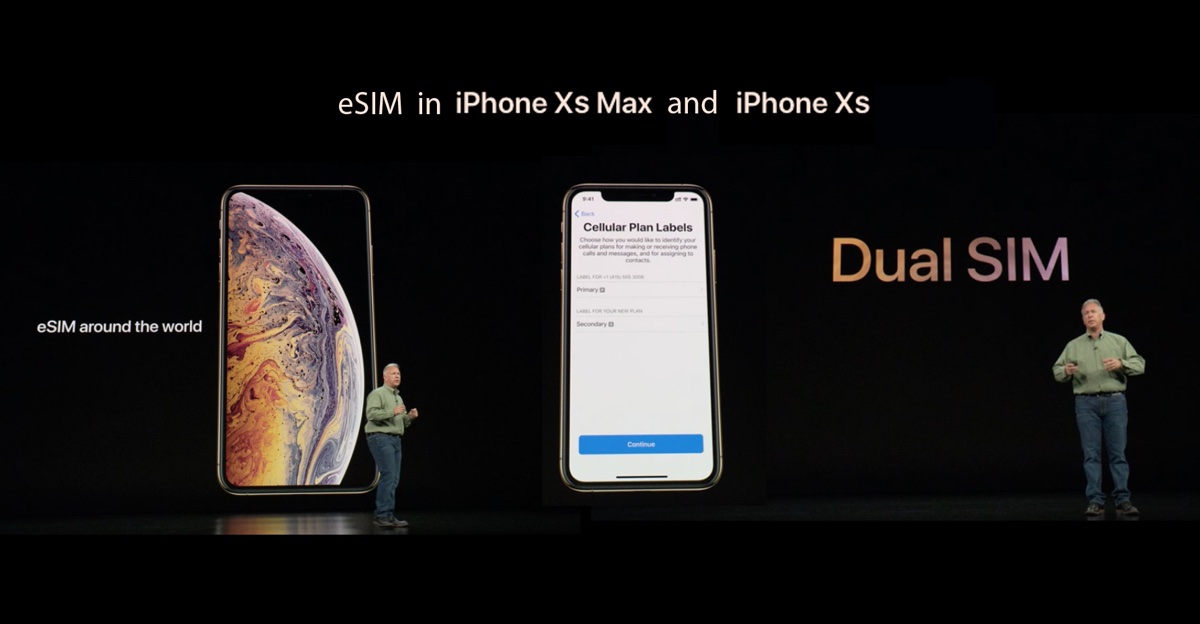
National and “global” operators
Major telephone operators are increasingly offering competitive conditions for international roaming, in addition to the blessing of European roaming. For example, to go to the United States it is possible to take advantage of rates that give minutes of conversation and hundreds of megabytes of daily connection with the two main Italian operators: Tim and Vodafone.
But what happens if you have signed a contract with one of the new operators, very cheap in Italy and Europe but without tariffs abroad, such as Iliad or Fastweb? Or PosteMobile or the other virtual operators?
The answer in this case is to look for a solution that at least allows us to navigate and base our voice traffic on VoIP services. Moreover, there are free or very low cost services that allow you to use traditional telephone numbers via VoIP via the app, such as the Italian Messagenet. Therefore, having just the data is the necessary pre-requisite to keep in touch with friends, family and office in the event of a business trip or holiday abroad.

Between European roaming and “globalized” operators, why choose a “global” operator
We went on a business trip for twelve days to the United States. A period long enough to justify the need for a telephone line that would allow them to stay connected and be reachable. Wi-Fi is always available, including hotels, public places, bars and so on, but the ability to see e-mails, receive messages and use online maps is still a necessity if you are staying abroad for more than a couple. of days.
While local operators must not only decide to activate Apple's eSim service, but also to create an ad hoc rate for visitors, that is essentially one of those “disposable” rates that are usually associated with traditional SIMs sold for tourists at the airport or in the stores of telephone companies, there is the possibility to make a different choice and go and fish the global rate of one of the operators operating all over the planet.
Among the very first to take action to give compatibility to iPhone XS there were GigSky and Truphone, who presented their list and the apps necessary to activate and manage the service. Let's see how it went.
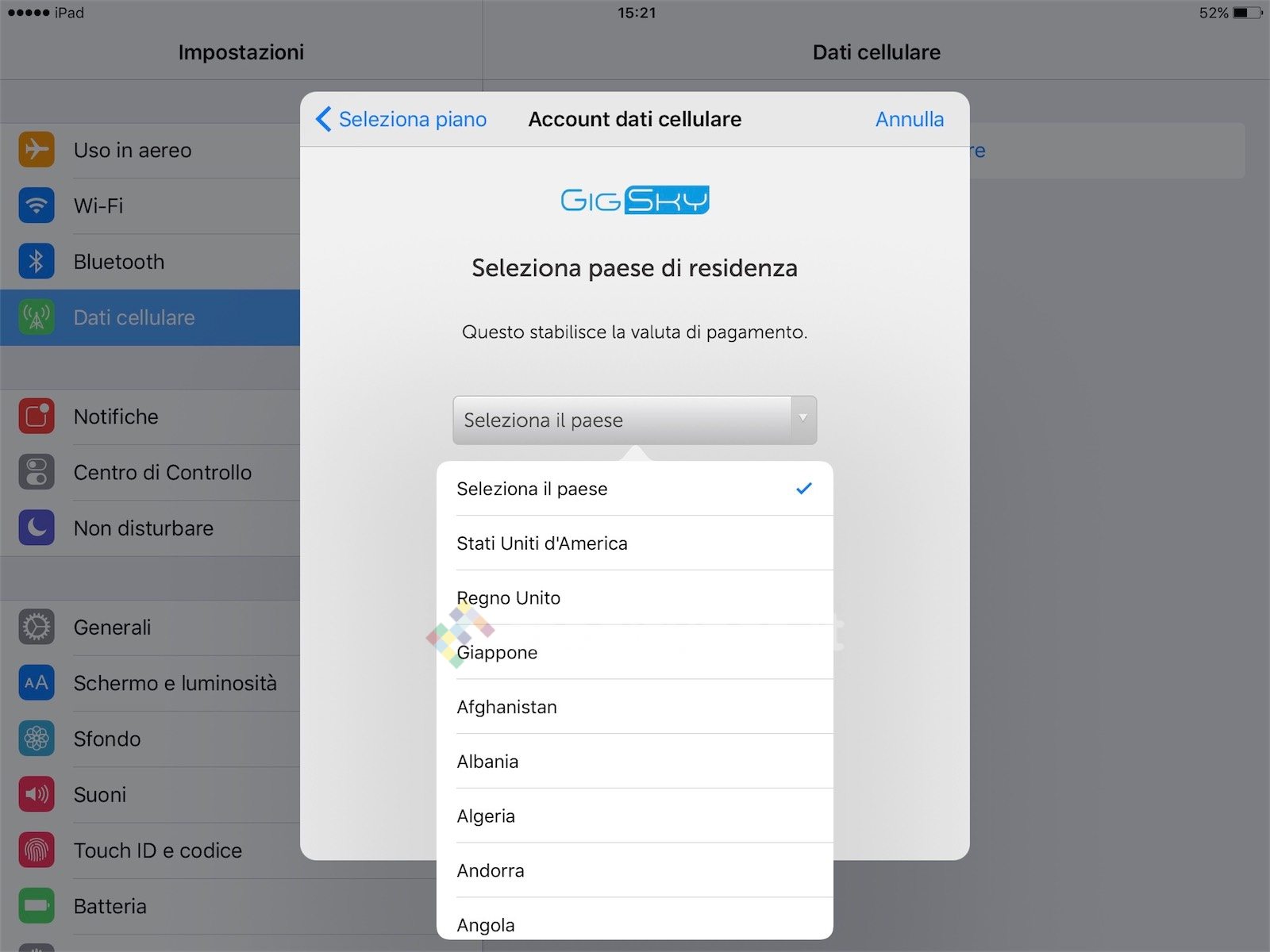 GigSky plans are available in over 100 countries, including Italy but also here only for non-resident
GigSky plans are available in over 100 countries, including Italy but also here only for non-resident
What rate for USA
We did a first survey to see what rates were offered to us by the two global virtual operators. From the point of view of the eSIM for this article (travel abroad) nothing changes whether it is two virtual operators or in possession of their own physical network, because we would have always found ourselves roaming abroad: that is, it is not a question of choose a national eSIM rate that serves as the main reference for the phone, but a secondary rate to use while traveling next to our phone.
We looked at the costs, which obviously do not overlap, on the contrary they are quite complementary. Relatively high prices, especially in the era of Iliad which, after France, also introduced in Italy a revolution on the amount of data available at very low prices. The first step was to ask ourselves how much data we would need while traveling for that length of time and the idea was that a gigabyte would be enough, and it would allow us to do everything we planned to do online outside the Wi -Fi hotel, restaurant, bar, museums and offices.
In this perspective, the two operators offer modulated rates in a complementary way. Truphone offers little data (300 MB) for a day or two cuts (1 and 3 gigabytes) for 30 days. Instead, at the time of writing, GigSky modulates a wider rate: 300 MB for one day, or a series of choices (500 MB, 1 GB and 2 GB) for 15 days, and 5 GB for 30 days.
After all, we went for Truphone's 1 GB for 30-day rate, which costs five euros less than GigSky's price.
Installation
1 of 13 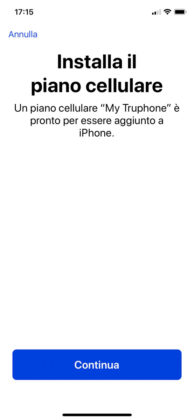

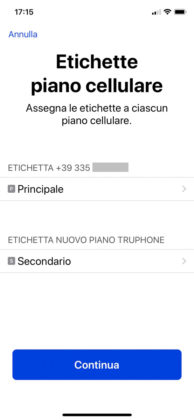
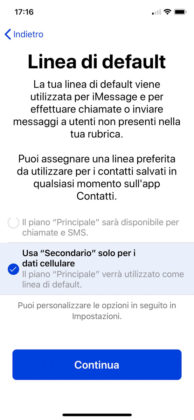
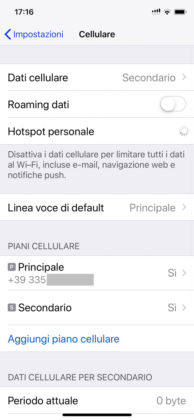
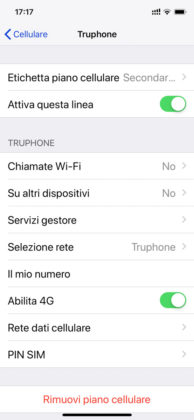
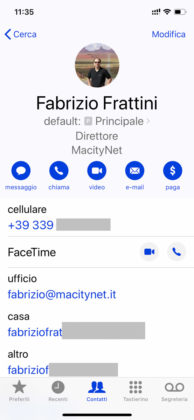
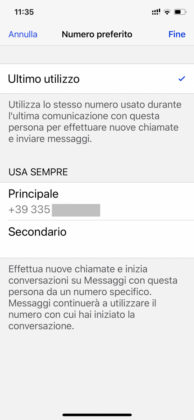
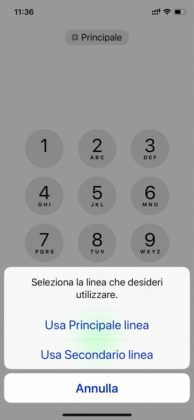
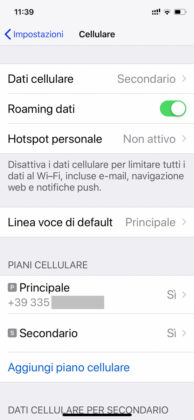
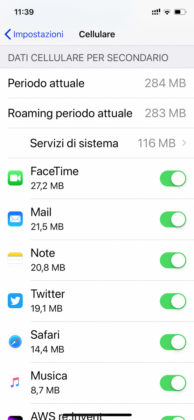
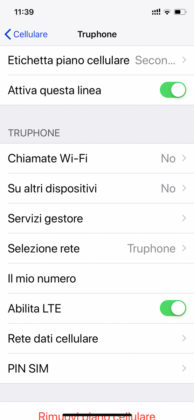
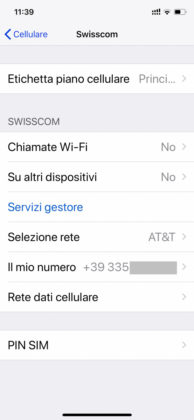
It must be said that we went to the US between the end of November and the beginning of December, when the American mobile operators (T-Mobile and AT&T) had just introduced compatibility with Apple and Google's eSIM. It is possible that this was the reason for the rather discouraging results of the connections, or that there are still bugs in the software used for the connections (phone side or operator side) or that, finally, the device we were using had its own details idiosyncrasies that generated connection problems.
Setup was straightforward. After looking at which connections were available within the app and at what price, with Truphone there is the possibility to choose whether to pay by credit card, PayPal or Apple Pay. Having already configured it and now using it as the main payment system, we were pleased to use the choice of making the purchase with Apple Pay. At the end of a wait of a few seconds, the purchase with Apple Pay within the app was successful and then the app itself installed the eSIM on the phone.
From our point of view, we decided to do all these operations while we were in the immigration queue at the US airport of entry, in our case JFK, to avoid the risk of choosing the wrong local fare. Useless worry because the only thing that starts automatically after the purchase is the consumption of data, but the tariff is global, that is planetary. The only thing that changes is the currency, so instead of 15 euros, our credit card account on Apple Pay made a payment of 18 dollars including tax. Basically similar figure.
The installation of the eSim requires the presence of a Wi-Fi connection (otherwise use the data connection in roaming, if you are abroad) but it took place in a few minutes. You need to have downloaded the operator's app, but then it proceeds very quickly, at least in the case of Truphone.
The app will also serve as an interface with the operator: for example by showing the consumptions made and then allowing a possible recharge, which in our case was not necessary.
1 of 11 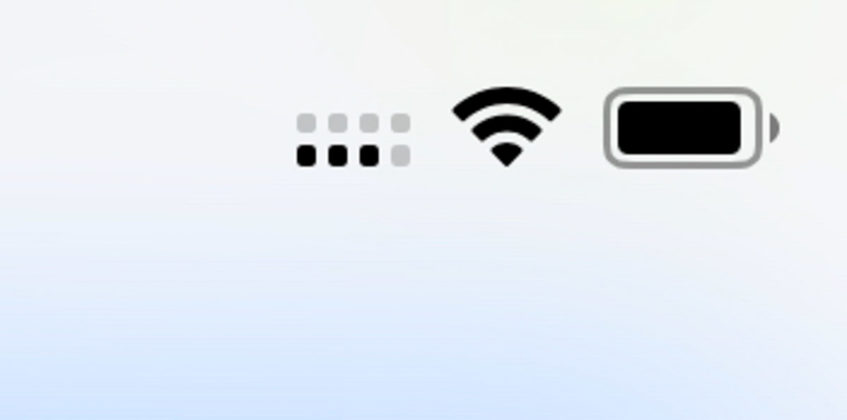
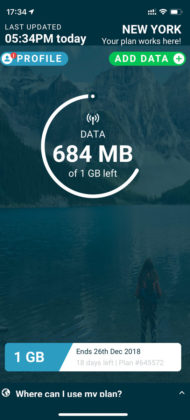
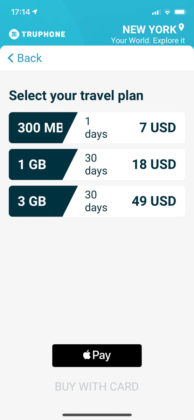
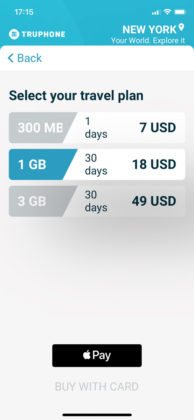
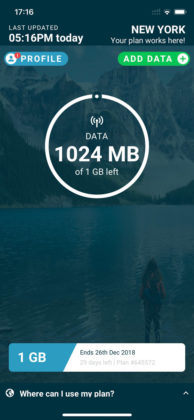
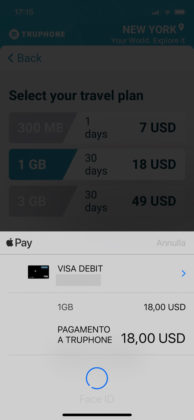
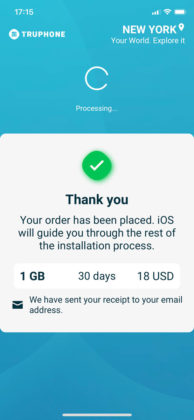
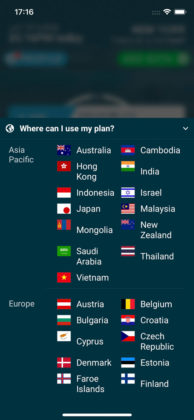
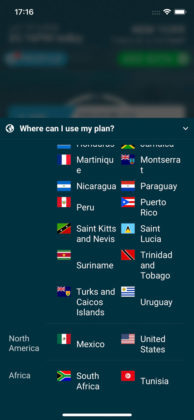

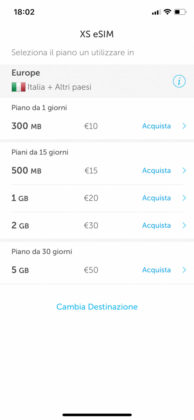
Road test
The installation was also very fast due to the payment with Apple Pay, which is secure and requires very fast authentication: in practice, in less than five or six minutes we had already activated the 1 GB rate of Truphone. Here the first partially positive surprise: the connection immediately proved to be a dancer, without offering data flow even if the double indicator gave 3G signal available.
We looked at the configuration modes that the iPhone offers and which are immediately oriented to make the load of data traffic go to the Secondary Sim while maintaining the use of the main Sim (our number on the physical SIM) for phone calls and SMS messages, as well as which as a reference for iMessage.
The configuration control panels are interesting because they follow the minimalism logic of the iPhone preferences configuration interface. We had already made sure to limit the use of data in cellular mode by the installed apps to the maximum (for example: no mail push, no updating of photographs or apps that consume a lot of data such as Dropbox and Youtube). The configuration of the use of the data present in the secondary card as the only connection mode, with roaming activated, is the value that is proposed by default and basically we found the connection scheme offered by Apple as standard to be perfect.
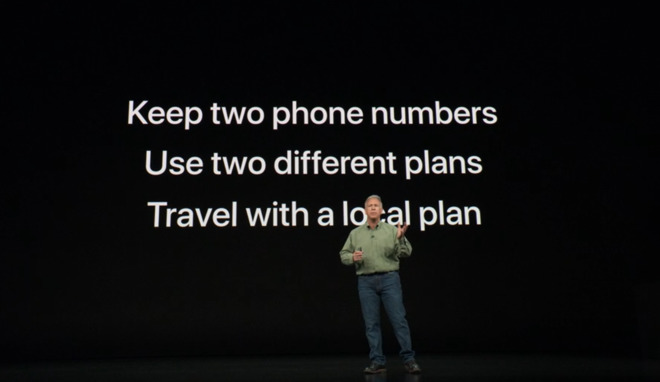 Funny the double signal bar, even if it is not very clear which part indicates the main line and which the secondary. Anyway, we went around the New York airport and then to Las Vegas always finding little or very little 3G – 4G connectivity. Instead, in Maui (Hawaii) data connectivity has awakened and traveled much better. We have not reactivated the upload of the photos from the streaming of the uploaded photos and neither the tethering services of the Mac, despite having an excellent app to limit the connections to the outside of the latter (TripMode).
Funny the double signal bar, even if it is not very clear which part indicates the main line and which the secondary. Anyway, we went around the New York airport and then to Las Vegas always finding little or very little 3G – 4G connectivity. Instead, in Maui (Hawaii) data connectivity has awakened and traveled much better. We have not reactivated the upload of the photos from the streaming of the uploaded photos and neither the tethering services of the Mac, despite having an excellent app to limit the connections to the outside of the latter (TripMode).
The speed of the connection has never seemed revolutionary to us and instead we are suffering rto of the initial blackouts (possibly due to the roll-out phase by the roaming network providers) while we were filming. No problem for the amount of data that proved to be absolutely sufficient for a trip of this magnitude in areas that are always sufficiently covered by Wi-Fi and in any case with an exercise of parsimony not too extreme of the data connection.

Conclusions
The functioning of the eSim from the point of view of the interface was exemplary: Apple shows very clearly how to manage two lines, what to do to which line, how to solve the risk of unexpected connections. The adjustment is fine-grained (you can choose number by number to which line to associate outgoing calls, and define a general criterion for all other calls).
The extra graphics in the interface are very understated, and after a couple of days of using the system in active dual SIM mode, it always seems like this has been the case. It's the magic of iOS and iPhones, after all.
Even the activation method, via the manager's app, is simple and very fast. The start took five minutes and was done standing up, following the line to go through immigration controls at the American border. There is nothing to say.
The two negative considerations are instead related to the prices per megabyte, which are decidedly high compared to what can be found for example in Italy or in other European countries or which can be accessed abroad especially if you use Vodafone (which has perhaps the best rates for the USA for a few days) or Tim (who becomes competitive instead over the week-ten days of travel). For those who use low cost or virtual operators who are incredibly free of a travel package outside Europe, the use of a global operator is mandatory.
 The second negative consideration is instead the experience connection: even in the presence of an active and abundant signal, it is evident that there were data flow problems. It may be the fault of the global operator, of its roaming partner in the USA (T-Mobile), of transitory eSIM configuration problems at the time of the still incomplete roll-out (when we went to the USA the service) or other external causes that are difficult to verify without having another phone connected to another virtual SIM.
The second negative consideration is instead the experience connection: even in the presence of an active and abundant signal, it is evident that there were data flow problems. It may be the fault of the global operator, of its roaming partner in the USA (T-Mobile), of transitory eSIM configuration problems at the time of the still incomplete roll-out (when we went to the USA the service) or other external causes that are difficult to verify without having another phone connected to another virtual SIM.
But in general the service worked and the convenience of being able to start a tariff plan “on the fly” without having to look for kiosks around the airport is truly remarkable.
As a final note: in the past the writer has often gone to Asia, where SIM cards are offered at airports that give unlimited connection for a week for less than ten dollars. Since both Hong Kong and Taiwan (but not South Korea) the operators supporting the eSim have already equipped themselves, the next time you visit one of those countries it will be interesting to see which offers and at what prices (and with which effectiveness and efficiency) will be active.
The growing number of phones that support eSIM – this is a shared standard – will only grow this market. Perhaps also in Italy, if the rumors that Vodafone is gearing up with us and perhaps, by the middle of next year, it will launch a service of this type.






